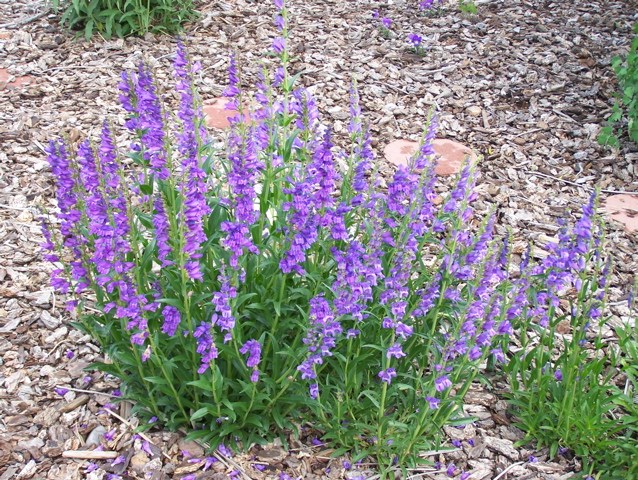As the days get warmer, residents are looking to get out and freshen up the yard. Although, the birds are singing and the grass is turning green, not all of nature is ready to wake up.
“There is this general idea that gardens need to be neat and tidy and cut down to the ground in the middle of fall,” Askley White, community habitats manager at the Butterfly Pavilion said. “When in reality that sterility is not really allowing for a lot of soil microbes to exist, eliminating decomposers, eliminating a chance for a lot of wildlife to live in that garden.”
Invertebrates seek shelter in areas that may seem unsightly to some home gardeners. These animals, who make up 97% of the world’s animal population, burrow into leaf piles, nest in sturdy plant stems and shelter in the now-dead vegetation leftover from the fall.
Learning its impacts, the Butterfly Pavilion set out to change its own practices. It no longer cuts back plants or cleans up leaf litter in the fall. These practices not only help invertebrates but provides mulching material and natural compost for the grounds’ soil.
Leaving these spaces can help pollinators and other invertebrates thrive and balance the overall ecosystem, White added. Some invertebrates do not emerge from hibernation or from eggs until late spring, usually the end of May in Colorado when temperatures have averaged out.
White works with local municipalities to preserve open space habitats for invertebrates. However, residential and commercial properties takes up a majority of the land in the state.
“If we could work to make those (residential and commercial gardens) habitats for these creatures, then we are really just helping the pollinator and invertebrate population.
White says many of these same efforts can be made at home but the process has to be overwhelming. According to White, gardeners can phase in or do little things to be mindful of invertebrates. It all starts with the basics, food, water and shelter.
One suggestion is to take a slower approach to clear away last year's plants. This can include leaving dead foliage through the winter or just slowly making your way around the garden. Even if you have a more proactive approach, leaving those clippings as mulch or in an unseen or unused part of the yard helps.
When it is time to add new plants for the year, White suggests finding a local nursery to learn more about native plants. Local nurseries tend to use accurate labeling to tell consumers what plant is native and if it has been exposed to pesticides or herbicides.
Planting native plants also help balance and extend the natural ecosystem in Colorado by providing wildlife with the resources it needs to thrive naturally.
Gardeners can also ensure the plants in the garden vary when they bloom which keeps a healthy food supply going until it is hibernation season again.
Residents can find online resources to learn more about which plants are native to Colorado through these resources. Additionally, the Butterfly Pavilion will host a native plant sale in May that will be accompanied by a garden guide to keep invertebrates in mind.
The sale is open to the public May 8-15 with curbside pick up on May 14-15.
Without habitats for invertebrates to shelter during the winter and emerge safely in the spring, they have nowhere else to go but to die, White said. “Without these sites, we will really lose a lot of them,” she added.


